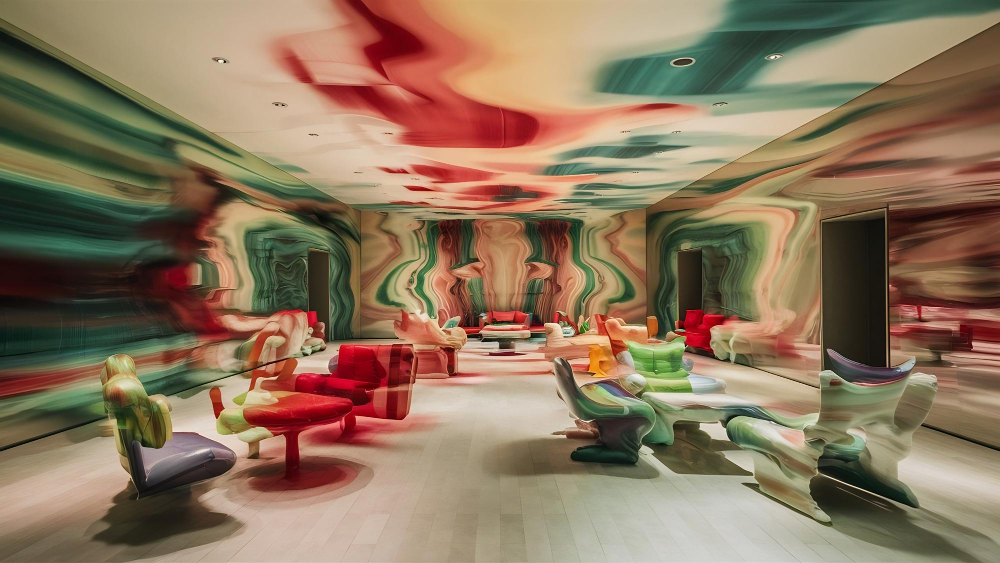Creative tension thrives in spaces that incorporate controlled contradiction. Consider the Brooklyn loft where rigorously minimalist architecture serves as backdrop for an exuberant collection of folk art, or the London townhouse where mathematically precise architectural elements frame views of a deliberately wild garden. These juxtapositions create visual excitement without devolving into visual noise.
The concept of “perfect imperfection” offers one pathway to this balance. Japanese wabi-sabi philosophy celebrates asymmetry, roughness, and the marks of time—but within a framework of exquisite craftsmanship and attention to detail. A hand-thrown ceramic sink with subtle irregularities installed in an otherwise pristine bathroom creates precisely this tension between the chaotic and the controlled.
Color theory provides another tool for balancing order and creative disruption. A disciplined palette of three harmonious colors can support surprisingly eclectic furnishings without visual overwhelm. Conversely, a strictly limited material palette—perhaps just wood, linen, and concrete—can accommodate explosive color variation while maintaining cohesion.
Scale and proportion offer perhaps the most powerful framework for containing creative chaos. When the architectural envelope honors classical proportional systems, the contents can be remarkably diverse without creating visual distress. This explains why historically significant buildings can be successfully repurposed with contemporary interiors that seem to contradict the original structure yet somehow enhance it.
The most successful balancing acts in design often incorporate an element of restraint—knowing exactly where to stop. The Paris apartment featuring a collection of surrealist art works precisely because the collector limited the pieces to one per room, allowing each to create its full impact without competition. The California beach house with an apparently random arrangement of vintage surfboards reveals its underlying genius through careful attention to the negative space between objects.
Finding the perfect balance requires self-awareness. Some individuals thrive in environments with higher visual stimulation, while others require more order to feel at peace. The ideal tension point isn’t universal but deeply personal—yet another reason why truly successful interior design must begin with understanding the psychological and emotional needs of those who will inhabit the space.

